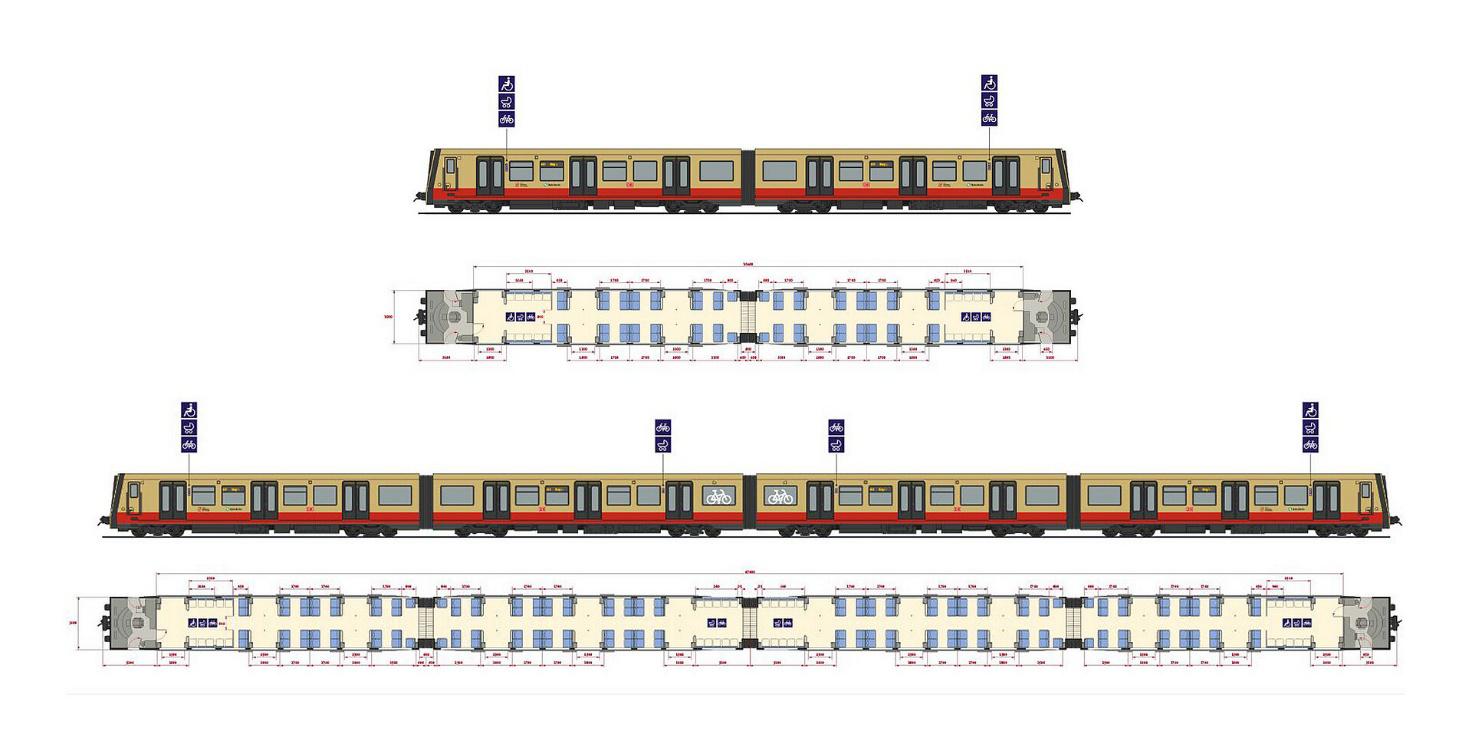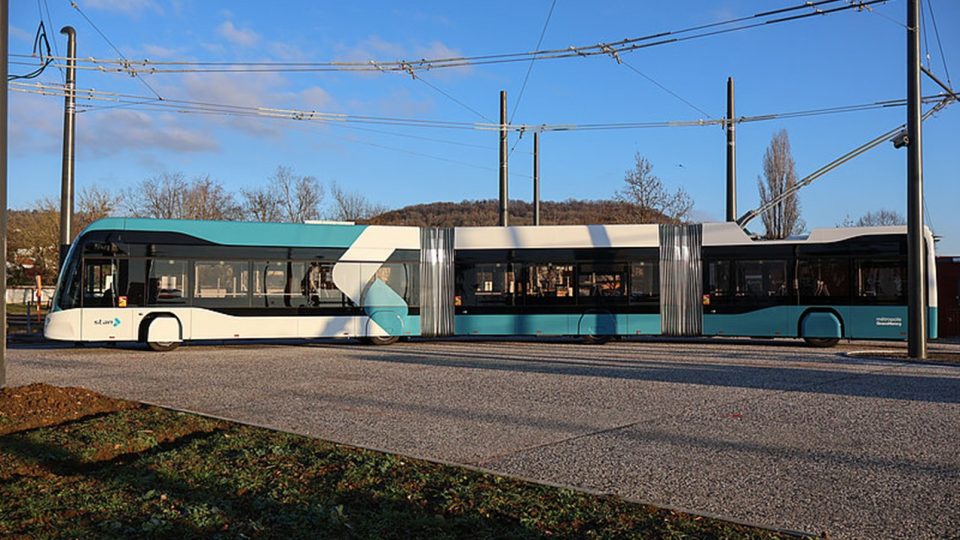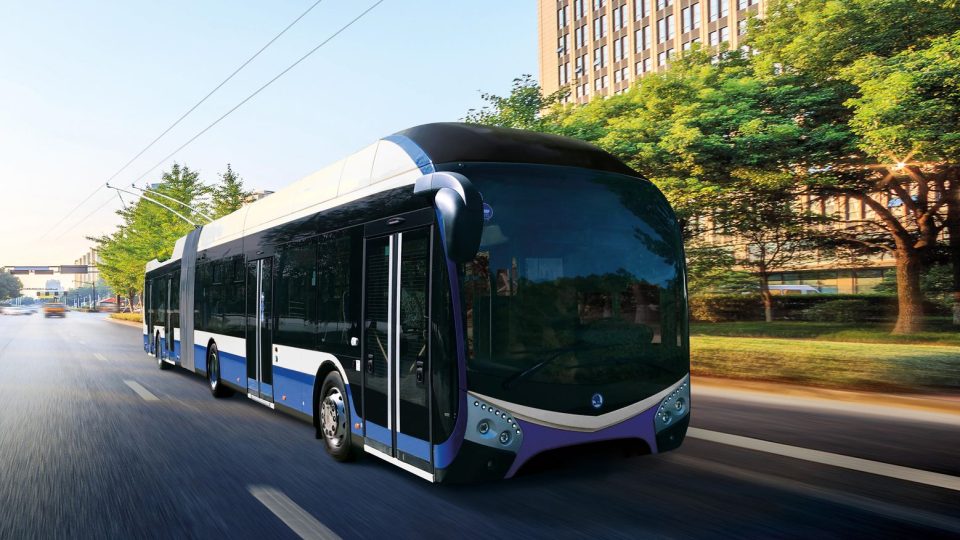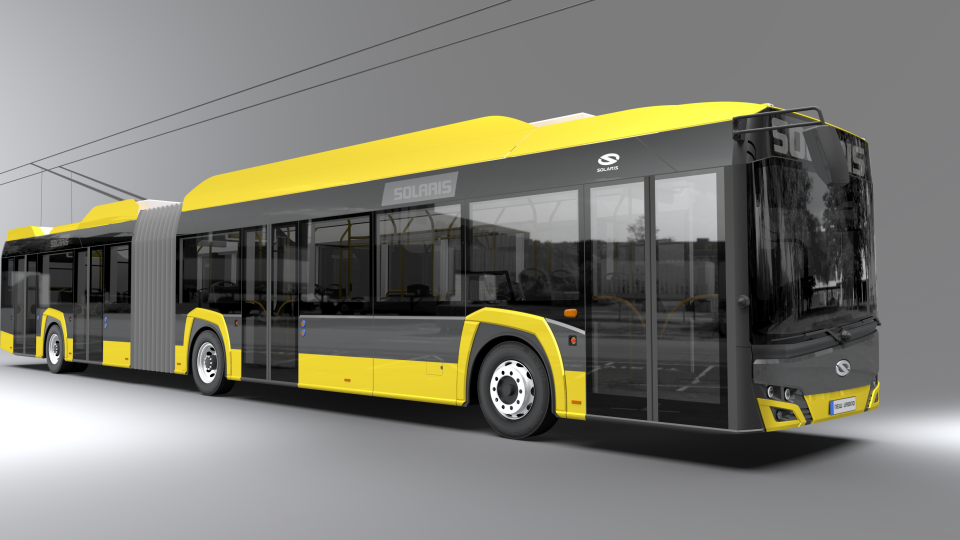New S-Bahn trains are landing in Berlin. Siemens – Stadler to deliver 472 units by 2023
by Stefano AlfanoCredit pictures: S- Bahn site The Berlin S-Bahn (short for Stadtchnellbahn, the urban high-speed railway), the suburban rail service operating in and around Berlin, is continuing its renovation. In fact, new trains ordered from Siemens and Stadler are entering service on the S8 from 14 October 2022 (as many as 172). The S-Bahn, […]
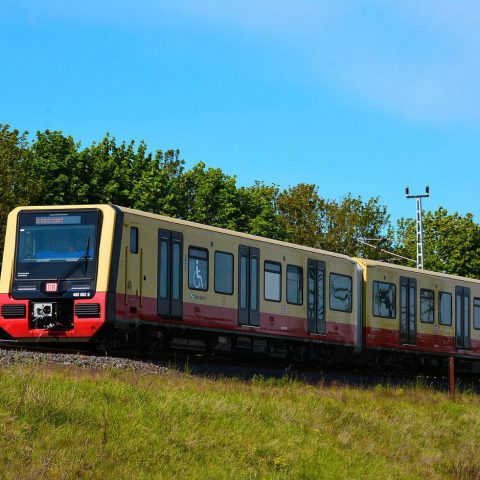
by Stefano Alfano
Credit pictures: S- Bahn site
The Berlin S-Bahn (short for Stadtchnellbahn, the urban high-speed railway), the suburban rail service operating in and around Berlin, is continuing its renovation. In fact, new trains ordered from Siemens and Stadler are entering service on the S8 from 14 October 2022 (as many as 172).
The S-Bahn, inaugurated in 1930, is today of fundamental importance for Berlin’s mobility, as it is organised to encourage private vehicle-train interchange, with ample car + train and bicycle + train park-and-ride facilities, and integrating with the other modes of transport on both road and rail in Berlin. Such a structured network has over time increasingly discouraged the use of private transport in favour of public transport.
The new trains will ‘take over’ from the 485 series trains, which have been in service for more than 30 years, and will be gradually phased out. Deliveries will be completed by 2023, but an earlier end to deliveries cannot be excluded.
New S-Bahn trains for Berlin
Today, the Berlin S-Bahn has 16 lines with 168 stations, with a current length of around 340 km, of which 75 km and 33 stations are outside in Berlin city. It employs 2,875 people, of which 1,193 are train drivers. The S-Bahn, together with the U-Bahn, is one of the largest and most efficient urban railway services in the world; the service, operated since 1995 by S-Bahn Berlin Gmbh, a subsidiary of Deutsche Bahn, also includes two circular railways, clockwise ( S41) and anticlockwise ( S42), the Ringbahn. Also included is the service to the airport, served by the S9 and S45 lines. The length of the lines varies from 10.3 km of line S47 to 56.4 km of line S8, a diametral serving the town of Binkerwerder in the north with Zeutehn, located south-east of the centre of Berlin. It is precisely on the S8 that the rolling stock renewal work continues today. Renovation had already begun in January 2021 on the S45 line and, followingly, on the S46 and S 47 lines.
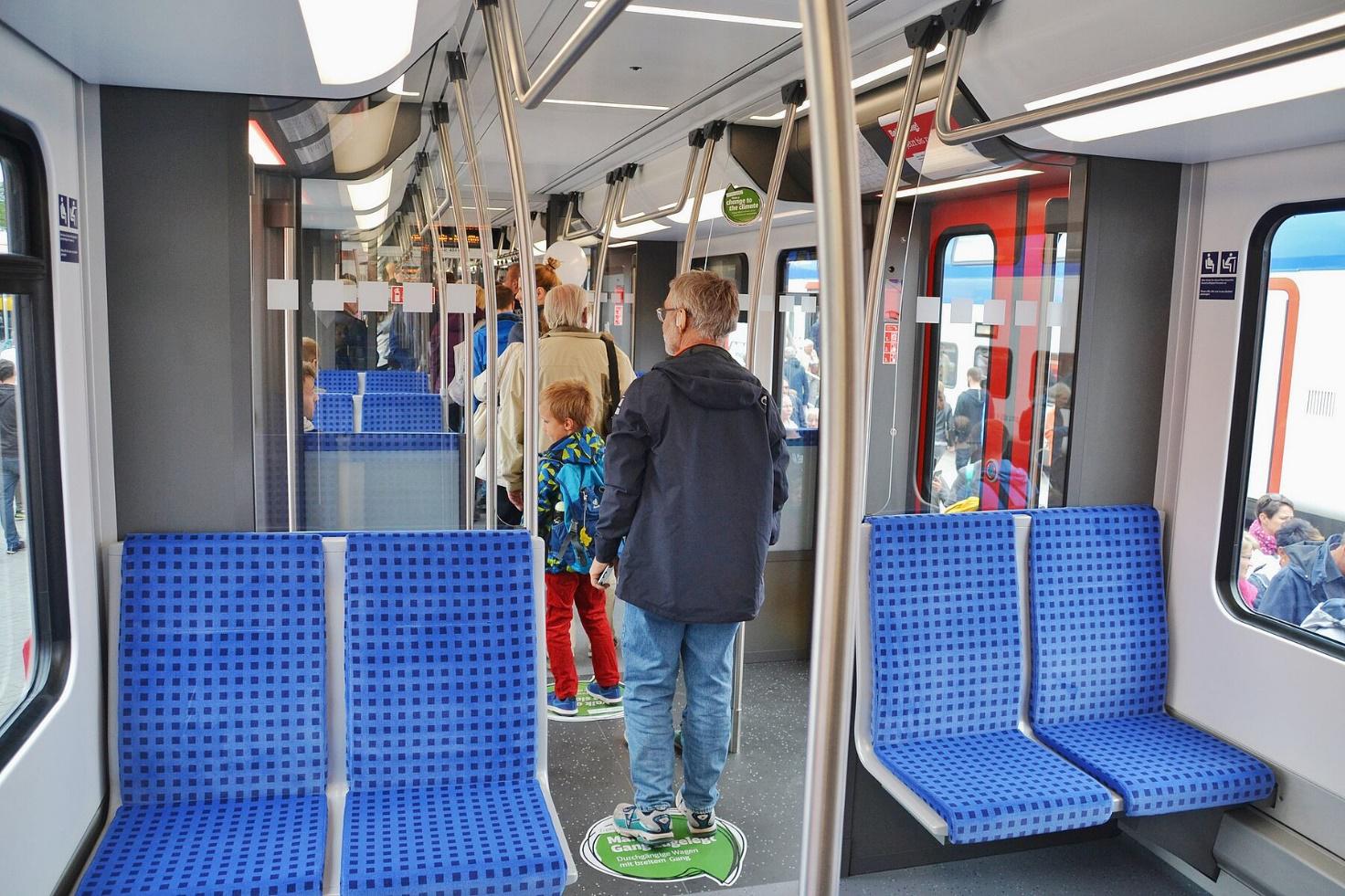
Trains on the Berlin suburban railway must have acceleration and deceleration characteristics, which are indispensable in an operation with close stops, rapid up and down flows, and the need for the third rail due to the shape of the tunnels, such that they are close to purely metropolitan rolling stock. The new trains built by Siemens Mobility and Stadler Deutschland, with a total of 172 units, certainly meet these requirements, combining today’s technological criteria with a departure from the trains of the large 481 group, of which 500 were built between 1996 and 2004.
The design is striking with its straight lines and continuous windscreen with black paint. The colours of the case are ochre and red, the colours of the network, while the doors are black to facilitate orientation for the visually impaired. The driver’s cab has an ergonomic manoeuvring desk. The interior is very bright, the lighting is LED. The air conditioning system is energy efficient.
Look at the features of Stadler – Siemens trains for Berlin
The interiors feature suspended seats, with space underneath available for luggage or any other needs. In the door areas, the floor is slightly darker to allow the visually impaired greater orientation, as are the LEDs located on top of the doors.
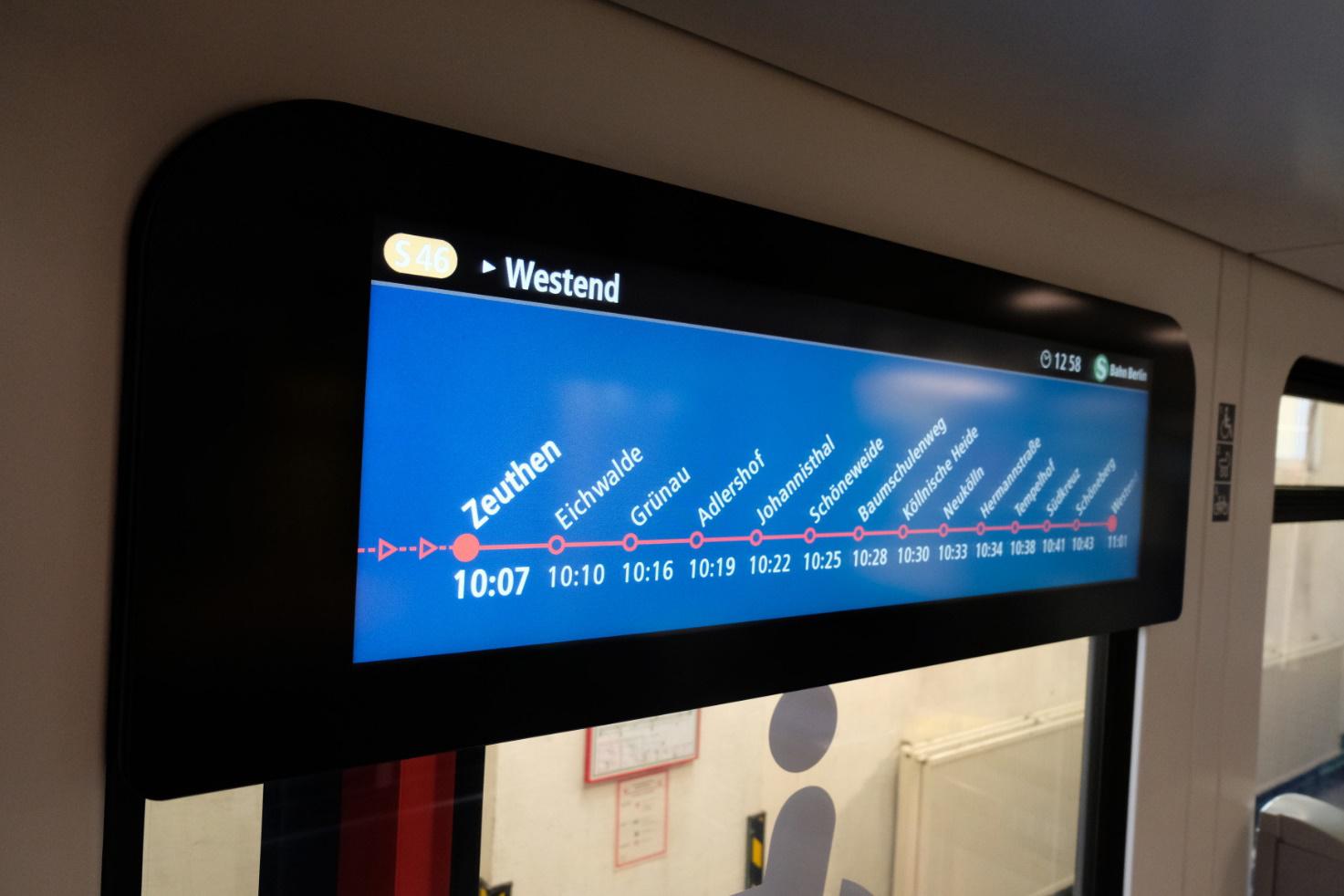
Variable message panels indicating destinations and the status of the entire line, shown on displays, complete with arrival times at all stations. More space is available for wheelchairs, bicycles, spaces marked by the appropriate logos also applied to the outside of the rolling stock. The trains have seats with comfortable ergonomic seats, some of which recline.
Video surveillance is active in all passenger areas. There are also additional door-opening buttons, distributed at several points on the vehicle, so that passengers can always be guaranteed that the doors will open at the next stop, no matter where they are on the train. With the same distribution criteria the emergency buttons, connected to the S- Bahn service centre, have been installed.
Circulation within the train is guaranteed by the intercoms, which are present in both 4-piece and 2-piece trainsets. For the S8, a 6-piece instead of 4-piece composition is planned, so 300 extra passengers per train, in view of the extension to Wildau, near the student city.
According to Franziska Giffey, Mayor of Berlin, the introduction of the new trains is a further incentive to move away from private mobility. The renewed fleet guarantees not only even more reliable transport, but also a focus on climate factors, contributing to the development of a sustainable and resource-conserving city. Rainer Geniike, Secretary of State for Infrastructure and Planning of the State of Brandenburg, emphasises the importance of the arrival of the trains, and the value for money, in providing citizens with an attractive transport offer.
“Get on board and feel good”, says Peter Buchner, head of S-Bahn, according to whom the new trains will contribute to a mobility revolution. From December 2022 and not from April 2023, the new trains will also be present on the S41 and S42 lines of the Ringbahn, thanks to the early delivery of part of the trains.
Jure Mikolcic, CEO of Stadler Germany, is satisfied. The Siemens- Stadler consortium is maintaining the set delivery times of one to two trains per week, and in the first year of operation they have distinguished themselves through modernity and reliability. “It’s a new travel experience”, adds Jure Neumann, head of Siemens Mobility.
